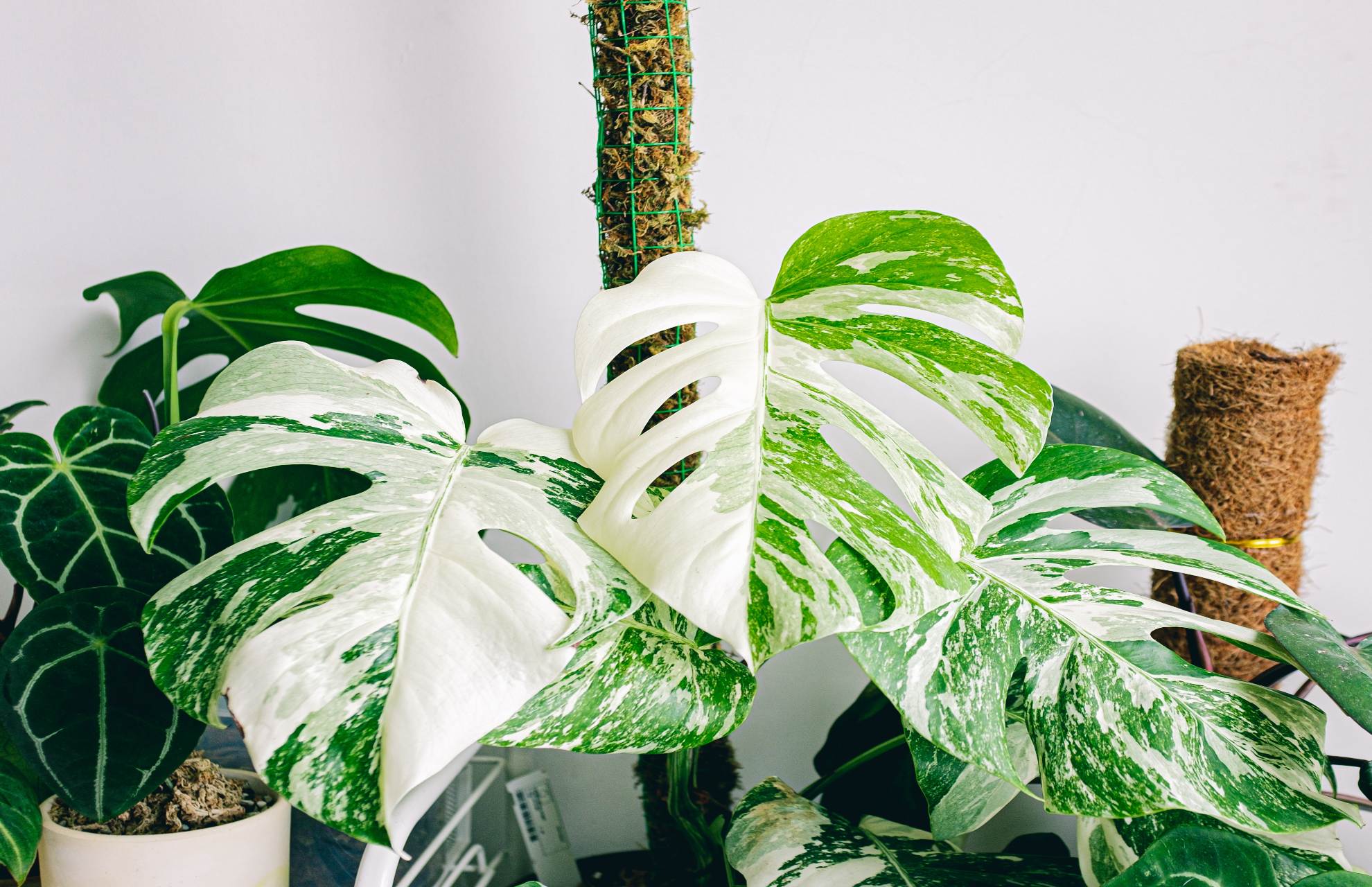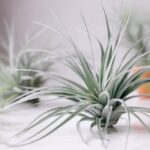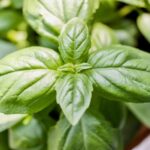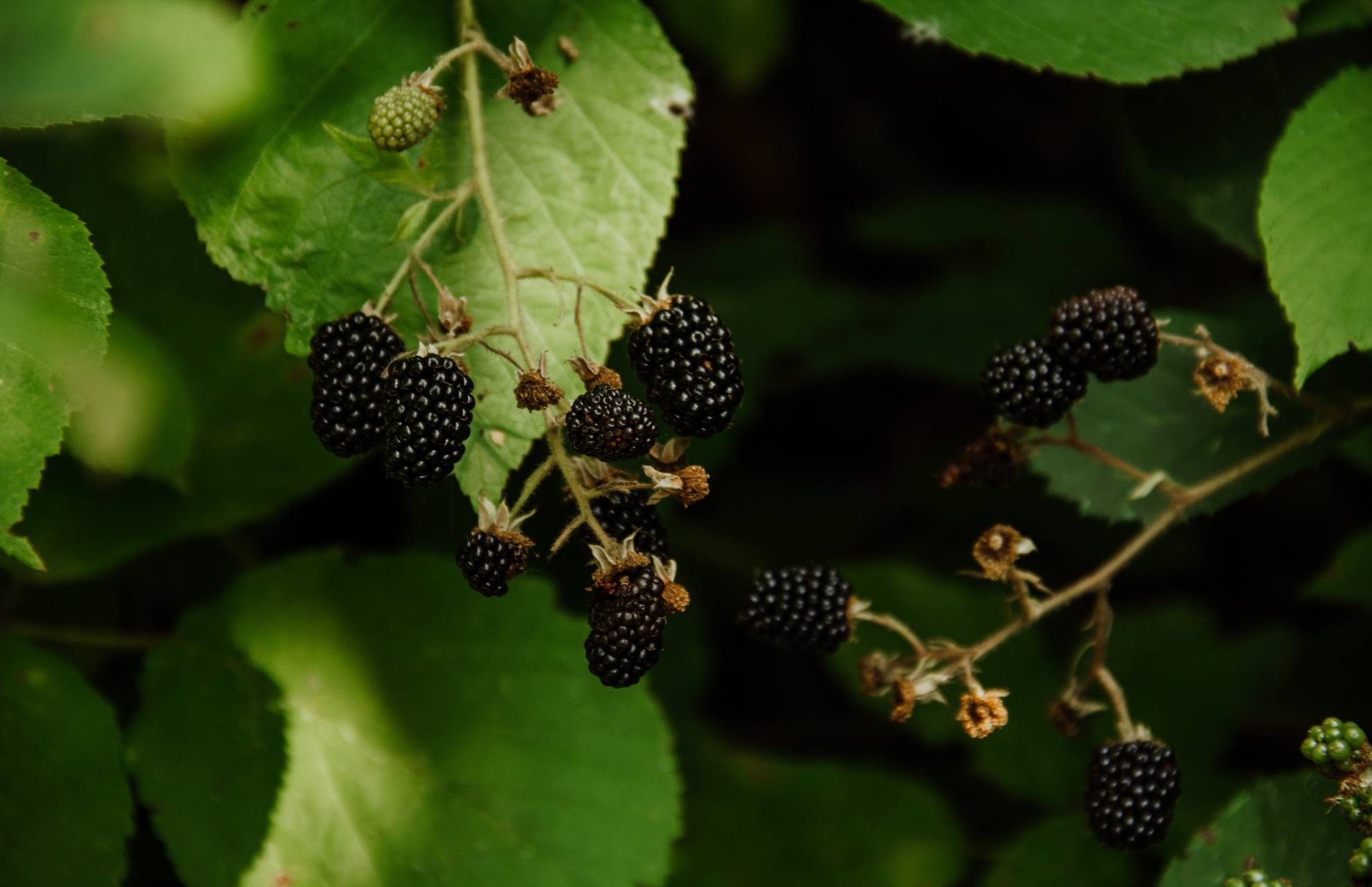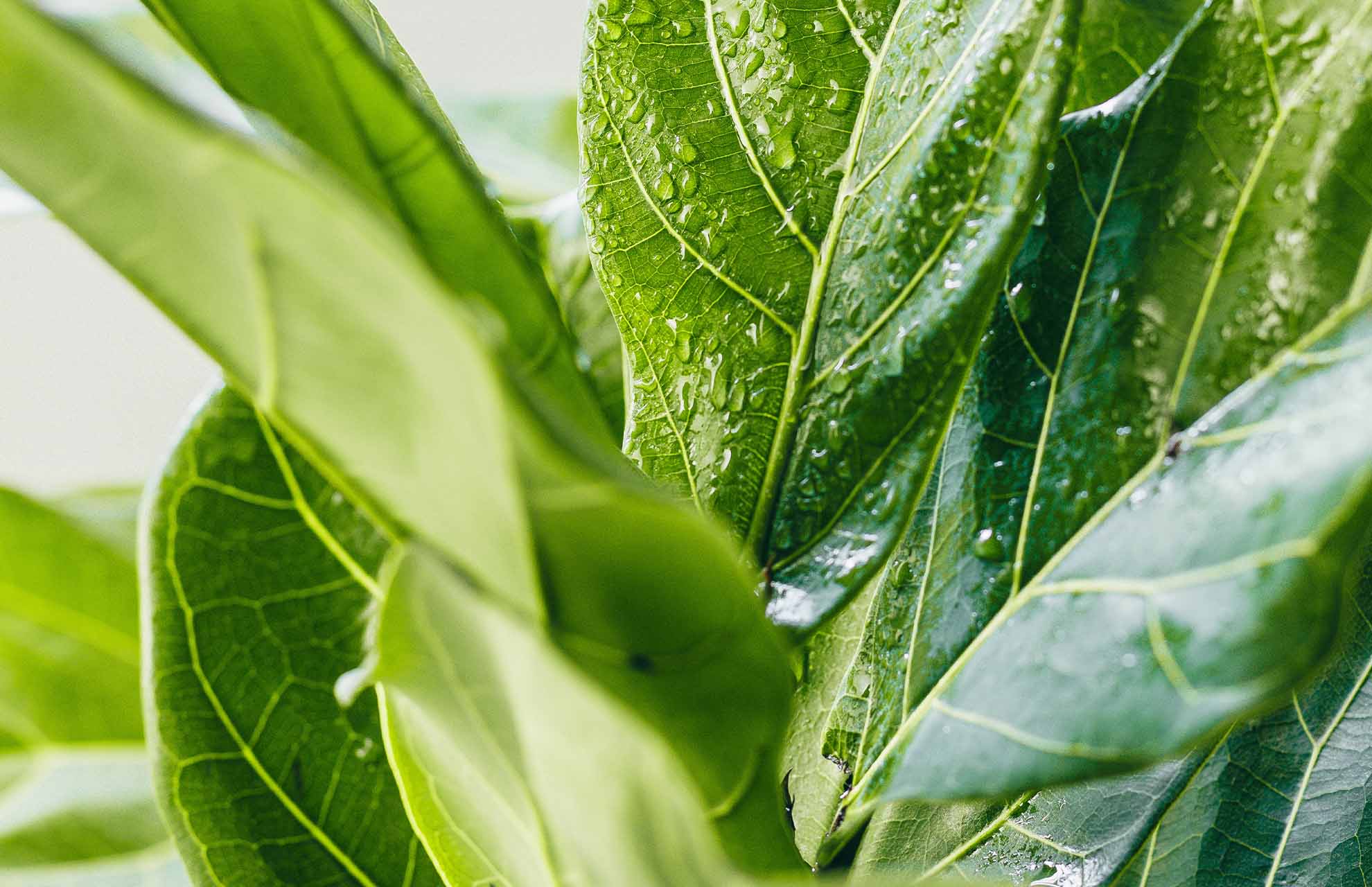Why are the edges of my monster leaves brown, is a question we get from monstera owners the most.” The primary causes of the browning of Monstera leaves are rotting roots caused by overwatering, excessively dry indoor air, a cold draft, and prolonged soil desiccation. Read the article and you can take care of your brown-edge monster plant better!
Overwatering
If you see dark brown spots on the leaves of your Monstera, you have overwatered it. Due to growers’ difficulty correctly estimating their plants’ water needs, the majority of Monstera Deliciosa problems are related to overwatering.
The biggest error is that they frequently stick to a rigid schedule rather than paying attention to their plant and the soil. Numerous environmental factors will affect how much water is needed.
Monstera Deliciosa does not like to grow in wet ground. Avoid overwatering, use chunky, airy soil, and pots with drainage holes to ensure proper drainage.
Root rot eventually kills off overwatered plants. Your Monstera will become unstable because it is unable to absorb nutrients and moisture from the soil. As a result, your plant becomes dehydrated and develops brown edges or leaves.
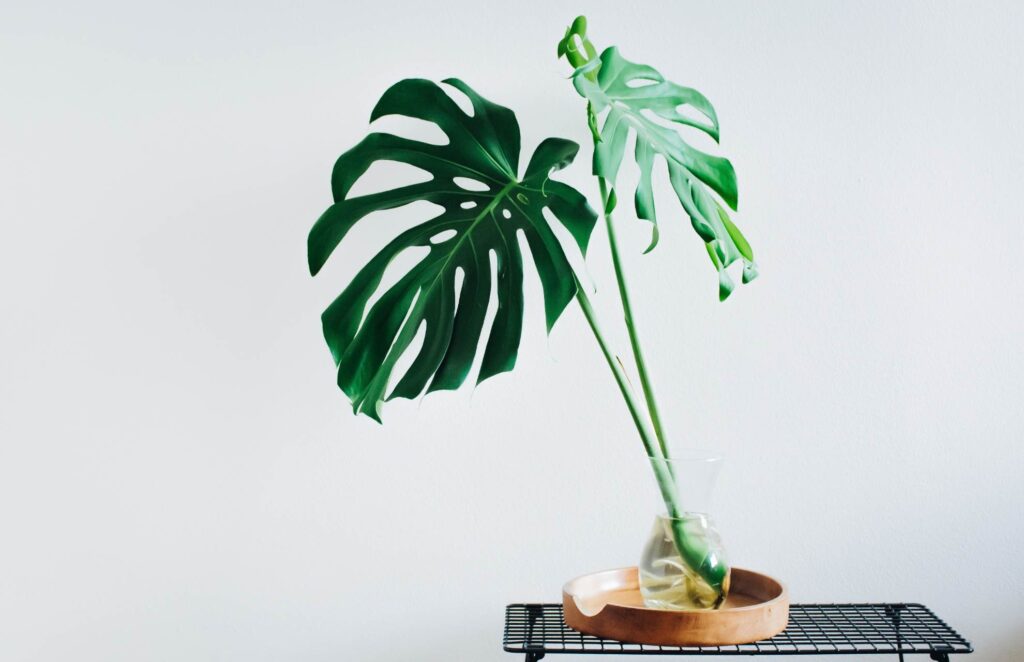
Solution:
- Eliminate any browned leaves.
- Examine the roots thoroughly after gently removing them from the container.
- Clean and wash the dirt off the roots if they are rotting.
- To remove all of the rotten tissue, perform surgery with a clean, sharp instrument.
- Apply an aqueous hydrogen peroxide solution to the wounds to clean them. Hydrogen peroxide and water should be diluted at 1:10 for this.
- Monstera should be dried out for several hours in a dry, dark area.
- Then plant it in dry, sterile soil for aroids. Big drainage holes need to be in the pot.
- After planting, wait 7–10 days before watering Monstera.
- The soil should be roughly 3/4 dry in between waterings.
Excessive Sunlight
Tropical plants like Monstera Deliciosa are not adapted to exposure to direct sunlight. As they grow in jungles and are shielded from direct sunlight for the majority of the day in their native environments, they receive bright but filtered sunlight.
The leaves of your plant may burn and turn brown if it is placed in a location that receives direct sunlight. Sadly, these burned leaves won’t grow back.
Solution:
- Damaged leaves should be removed.
- Move Monstera to a window with east or west-facing view.
- Move the Monstera farther inland if your growing space is in the south. There should be at least 5 feet (1.5 m) between you and the window.
- A northern room may require more light if you are growing Monstera there.
Low Air Moisture
The Monstera Deliciosa is a plant that prefers high humidity and is native to humid climates. Your Deliciosa may not be happy with the humidity since there is not much moisture in the indoor air, as evidenced by the browning of the leaf edges on your plant.
Solution:
- Next to the Monstera, set a pebble tray half-filled with water.
- Displace the Monstera from the heaters.
- Keep a humidity of 55–65% by placing a humidifier close to the Monstera.
- In order to create a humid microclimate, group your plants altogether.
Cold Draft
Because monstera is a tropical plant, only warm climates or indoors are suitable for its growth. The leaves can be harmed by a significant temperature drop, which will cause them to turn brown. The degree and duration of the cold will determine the damage.
The Monstera typically experiences two situations where the temperature is too low. The first is when there is a chilly draft in the space.
When the Monstera is situated close to an air conditioner, the second scenario occurs. A brief cold airflow is sufficient to turn the leaves brown.
Solution:
- Remove any leaves that are more than 50% brown.
- Place Monstera in a space where the temperature won’t fall below 65°F (18°C) or soar above 90°F (32°C).
- Place Monstera away from appliances like air conditioners and refrigerators.
- Eliminate any potential drafts of cold air in your house.
Fungus Or Disease
If the brown spots on the leaves have yellow rings or halos around them, your plant is infected with a fungus.
Never let the leaves of your Monstera Deliciosa stay wet for too long because fungus growth is aided by wet foliage.
To stop the growth of fungus, your plant will also require excellent air circulation.
Solution:
- Make sure there is good ventilation in the space where Monstera grows.
- Installing a humidifier is preferable to misting the leaves.
- Don’t water the Monstera excessively.
- Delete any leaves that have sustained severe damage.
- Apply fungicide to the leaves.
Shock After Transplanting
When Monstera is transplanted, transplant shock can result, which can make the leaves turn brown. While improper transplanting is usually the cause of transplant shock, sometimes even slight modifications to the plant’s growing environment can cause stress.
Transplant shock can result from root damage during transplanting or from transplanting during the winter. Additionally, transplanting Monstera in the sweltering summertime does not go well.
Solution:
- Eliminate the severely damaged foliage.
- To provide the most shade, move the Monstera as far from the window as you can. Reposition the plant inside after a month.
- Don’t fertilize the Monstera.
- Avoid overwatering the Monstera, but provide enough moisture to prevent drought damage.
Too Dry Soil
As its native habitat is on tree trunks, it is not surprising that Monstera can withstand slightly dry soil. Sometimes, the monstera’s roots grow to the level of the ground and draw water from it.
However, Monstera lacks the ability to store a significant amount of water in its tissues because it is not a cactus. Dehydration of the plant can result from the root ball being overdried for an extended period of time.
The plant will then attempt to deform its leaves in order to reduce the area that it can evaporate water. The leaves will then start to die off and start to turn brown from the edge.
Solution:
- Remove any leaves that have more than 50% of their tissue damaged.
- Give the Monstera lots of water. The drainage holes are supposed to let the water exit.
- After some time, repeat the watering. This is essential to enabling adequate soil soaking.
- After that, water the Monstera when the soil in the pot dries out by 70 to 80 percent. However, do not allow it to dry completely.
Read More: Are Monsteras Toxic to Pet Cats, Dogs or Other Animals?

